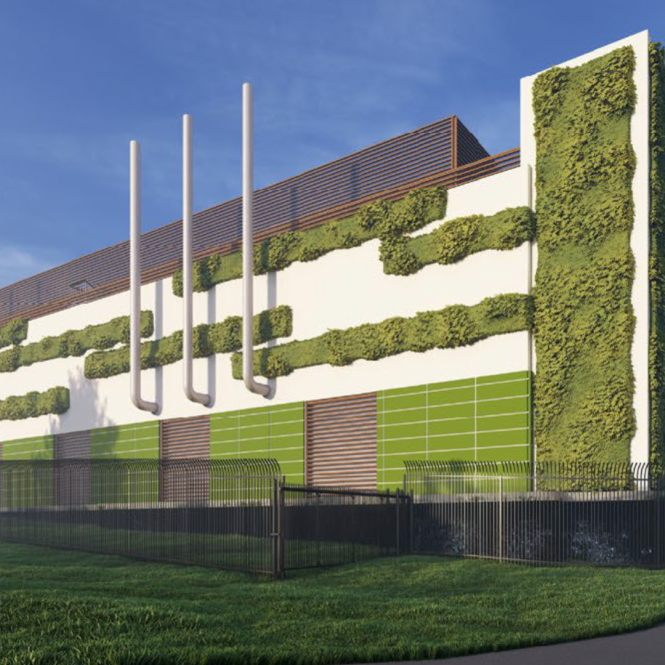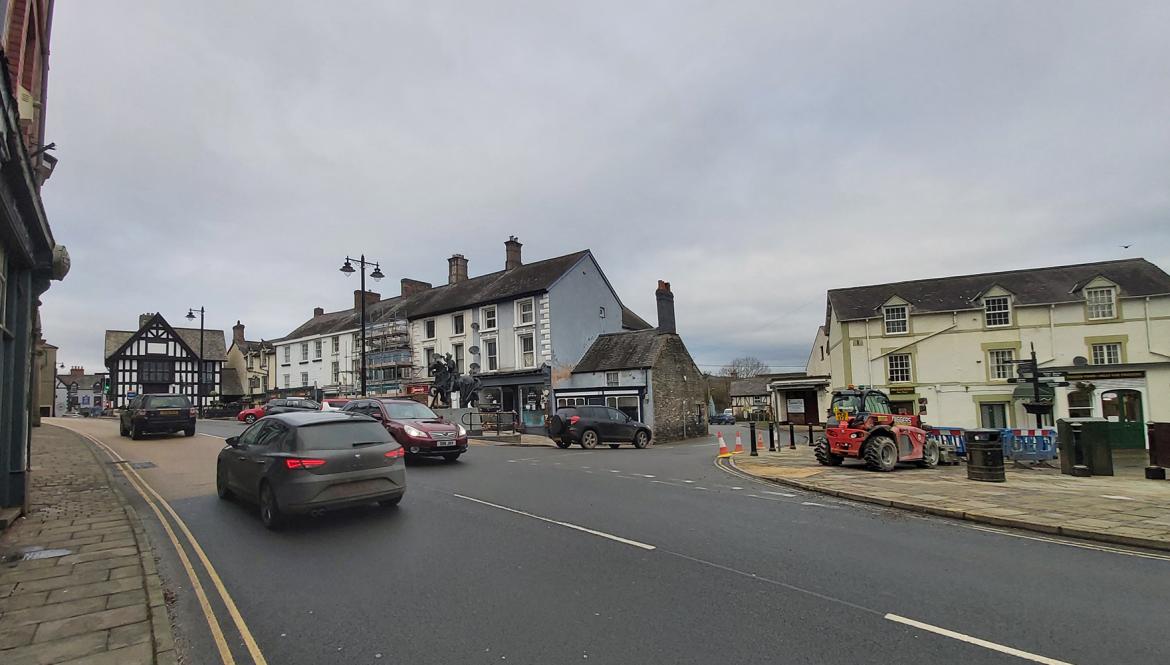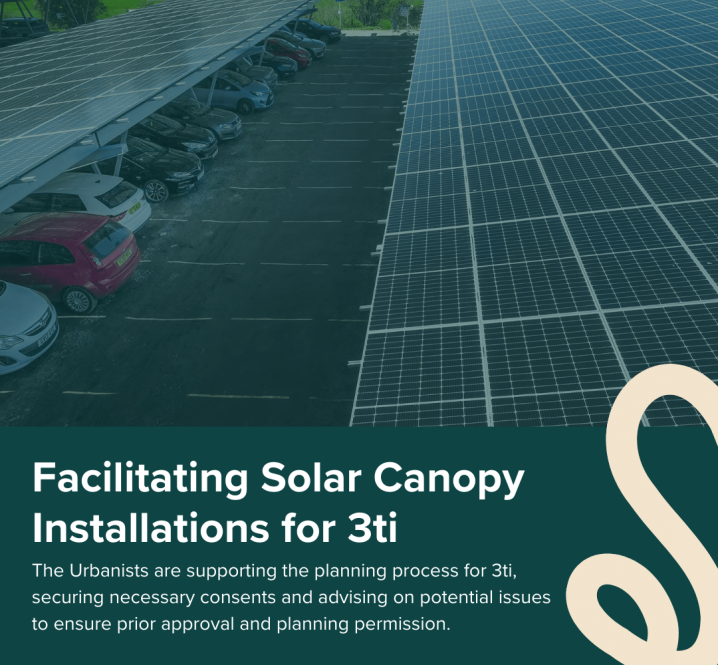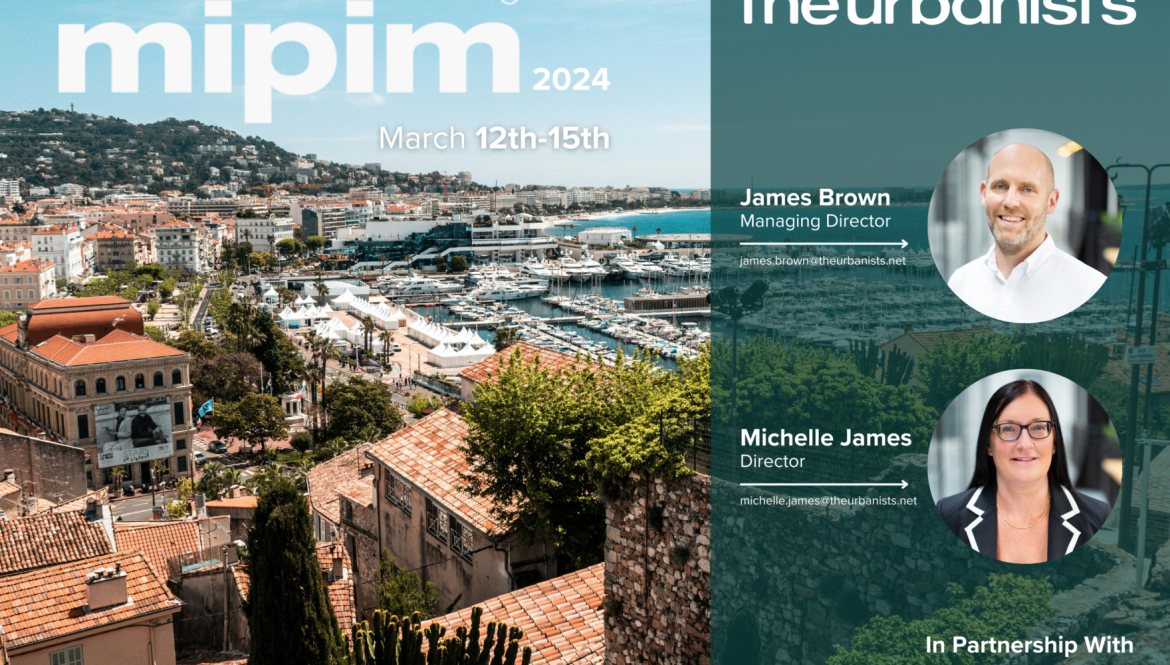Beyond Green Wash: How Urban Greening Unlocks Real Value for Development
Are your development and regeneration proposals truly future-proofed against climate change? Do they fit with your ESG goals? Do they use every opportunity to create value? Or are we, frankly, missing out on the immense value of integrated urban greening?
For developers, local authorities, and all those shaping our urban future, the imperative is clear. As someone who lives and breathes this work, I see time and again that the true measure of development isn't just in the quality of its construction but in its ability to generate lasting value, meeting the evolving ESG (Environmental, Social, Governance) expectations of investors, boards, and communities.
In today's rapidly evolving built environment, it's no longer enough to construct buildings; our mandate is to design communities where people feel good, flourish, and lead healthier, happier lives. This isn't just a desirable outcome; it's the very hallmark of true placemaking - a critical driver of desirability, long-term value, and sustainable places.
At The Urbanists, we passionately believe in designing for happiness. Our unique, integrated approach to placemaking is intentionally crafted to foster wellbeing in new communities, ensuring every space contributes positively to daily life. This means designing spaces that promote good mental and physical health, encourage social connection, provide easy access to nature, and support active lifestyles - ultimately reducing reliance on healthcare services like the NHS and enabling people to lead fuller, happier lives.
What is Urban Greening? It's More Than Just Planting Trees.
Let's be clear: urban greening goes far beyond a few token trees. It's the intentional incorporation of green spaces and natural elements into our urban fabric – from streets and cities to roofs and walls. Research from the University of the Built Environment (UBE, 2024) highlights this as a type of biophilic design that aims to improve the relationship between urban landscapes and their inhabitants. The core goal, at its simplest, is to tackle those pressing urban and climatic challenges head-on by building with and around nature.
While the concept may sound straightforward, its strategic application yields truly multifaceted benefits:
- Human Wellbeing: It directly enhances public health. We're talking about genuinely reducing stress, boosting morale, and supporting the immune system – all of which contribute to healthier, happier people.However, it’s not just about avoiding illness; it’s about creating environments that actively promote happiness through access to nature, opportunities for physical activity, social connection, and moments of everyday pleasure. When people feel good in the places they live, they’re more likely to thrive, and that, ultimately, is the foundation of resilient, thriving communities.
- Environmental Resilience: Strategic urban greening is our frontline defence for climate change mitigation and adaptation. Think of offsetting carbon, cleaning the air we breathe, reducing noise, combating those suffocating urban heat islands, and mitigating flood risk by absorbing excess water.
- Biodiversity: It's about creating vital natural habitats and fostering ecological networks right within our cities.
And it's these benefits that create places where people genuinely choose to be, which in turn creates value in the roundest sense.
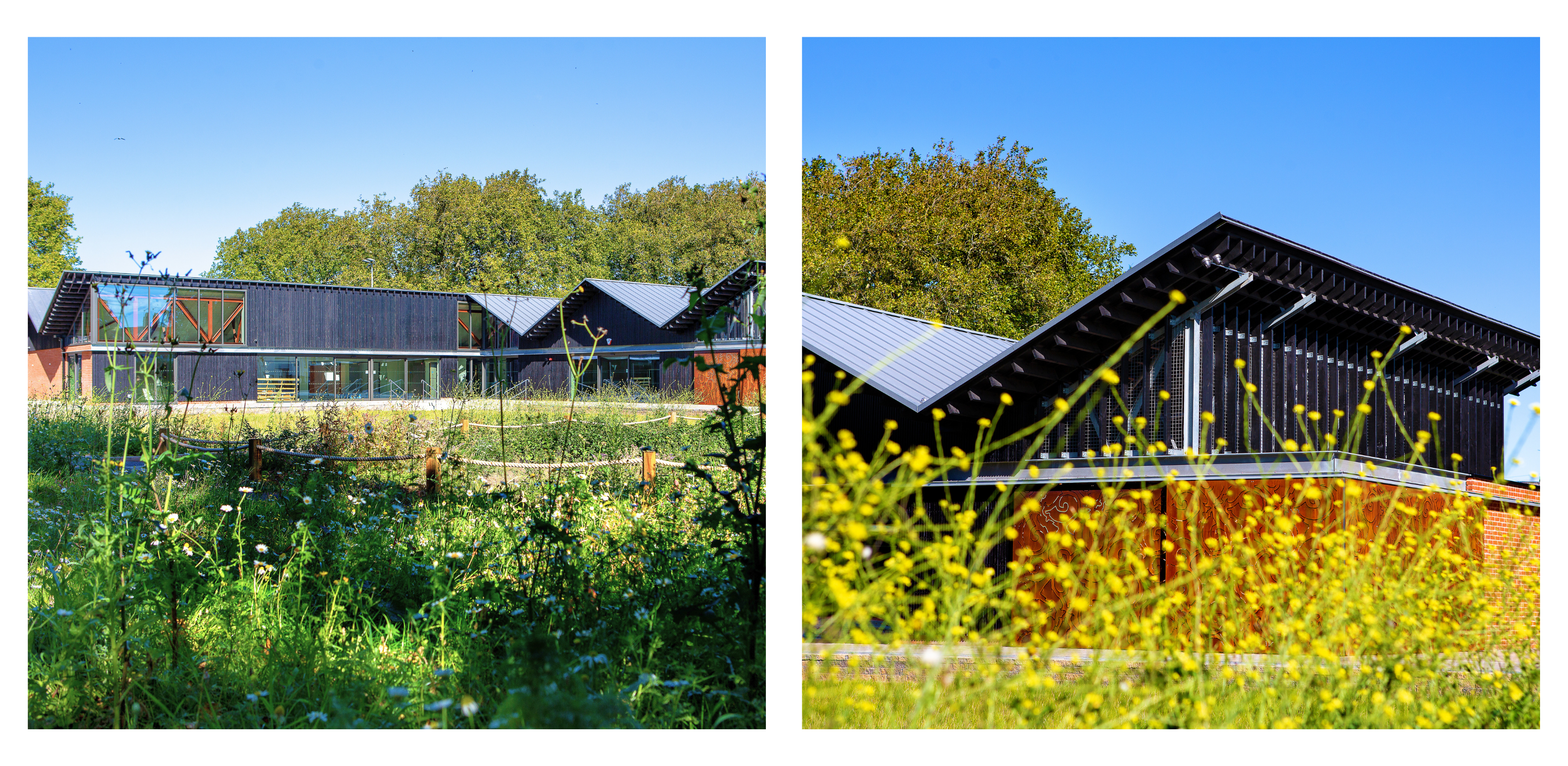
The Developer's Dilemma: Navigating Compliance vs. Creating Value
I've seen it countless times. Developers and local authorities struggle to integrate green infrastructure truly. The pressure to meet those demanding ESG targets and investor demands for sustainable and socially responsible developments is growing by the day. In addition there are also requirements for other metrics such as the Urban Greening Factor, Biodiversity Net Gain as well as Net Benefit for Biodiversity. Conversely, so is the pressure to cut costs and make schemes viable. Development in the UK at the moment is not easy. Costs and values have collided and stalled the delivery of many schemes. Green infrastructure is often caught in the middle. The result is usually that the focus defaults to minimum compliance/cost or fragmented efforts, completely missing the immense opportunity to leverage urban greening as a strategic asset.
How do you move beyond mere "greenwashing" – which, frankly, stakeholders can see right through – to create spaces that genuinely deliver on environmental, social, and commercial goals, satisfying both regulatory requirements and those demanding stakeholder expectations? This is where the complexity and risk emerge: a poorly conceived greening strategy can lead to maintenance nightmares, missed planning opportunities, or a failure to truly enhance market appeal, directly impacting your board's vision and your funds' return.

The Urbanists' Advantage: Seamless Solutions for Impactful Urban Greening
At The Urbanists, we recognise that genuine urban greening necessitates a cohesive and integrated approach. Our model combines visionary urban design, inspiring landscape architecture, and comprehensive town planning advice from the outset. This single, seamless solution ensures that green infrastructure isn't just an afterthought or a last-minute addition to satisfying a condition but a foundational element that genuinely unlocks value for your project:
- Optimised Planning Outcomes: Our planners ensure greening strategies align tightly with policy (like the London Urban Greening Factor or National Green Infrastructure Framework), speeding up consent and de-risking your application. This is about making it work for the system, not against it.
- Enhanced Placemaking & Market Appeal: Our urban designers and landscape architects create inspiring green spaces – from varied and biodiverse street and green roofs to urban forests and rain gardens – that actively promote wellbeing, enhance aesthetics, and demonstrably increase property values and marketability. It's about designing places where people want to live.
- True Sustainability & Viability: We focus on deliverable solutions that actually reduce running costs, manage water effectively, and build climate resilience. This ensures your development is both environmentally robust and commercially viable and, crucially, demonstrably meeting ESG mandates.

By thinking holistically about urban greening, we transform basic requirements into dynamic, multi-functional spaces that enhance the environment, benefit communities, and directly contribute to your project's financial success and your stakeholders' demanding ESG agendas using technology and data driven design to inform the process.

